As the leader of the Vienna Secession, Gustav Klimt was a master of SymbolismSymbolism was a late 19th-century art movement of French, Belgian, and Russian origin. Poets and fine artists were seeking to represent absolute truths using metaphorical images in reaction against realism and naturalism. Content of both images and poetry were suggestive contents to express mystical ideas, emotions, and states of mind. Paul Gauguin, Nave Nave Mahana (1869) The term was coined More. He embedded allusions of the human psyche in extravagantly decorated patterns and figures populating his canvases. In his artwork, he incorporated lavishly painted figures with allusions to sexuality and the human psyche, often carrying messages of sexual liberation, pleasure, and mental burden. As is the case in “Portrait of Adele Bloch-Bauer I”, his pictures express an intense and heartfelt connection between the artist and his models.
Where is the picture “Portrait of Adele Bloch-Bauer I” today?
The original picture of “Portrait of Adele Bloch-Bauer I” is on permanent display at the Neue Galerie in New York today.
What’s in it?
The portrait shows Adele Bloch-Bauer, the daughter of a wealthy Austrian bank and railway director, sitting on a golden chair, in front of a starry golden background. She wears a tight golden dress in a triangular shape, consisting of rectilinear forms, merging into the background so that she appears to be part of a dominant geometric scheme. The jeweled choker around her neck is reminiscent of the jewelry included in Klimt’s famous paintingPainting is a fundamental form of visual art that has been practiced for thousands of years. It involves applying pigment to a surface such as canvas, paper, or a wall. Painting can be explored through various styles, techniques, and mediums, each offering unique possibilities for expression and creativity. Historical Background • Ancient Beginnings: The history of painting dates back to More “Judith and the Head of Holofernes”. Further similarities between the two pictures suggest that in both cases the depicted woman is Adele. The pictures show a notable combination of ornamental decoration, which shows Egyptian influences, and naturalism as can be seen in the face and the hands.
What’s the context?
In the early 1900s, Klimt was amid his “Golden Period”. He created a series of paintings with iconic figures, in which he made extensive use of ornamental gold leaf and applying a two-dimensional perspective reminiscent of Egyptian or Byzantine mosaics. Both the “Portrait of Adele Bloch-Bauer I” and “Judith and the Head of Holofernes” quintessentially exemplify this “Golden Period”, further pictures include “Danae” (1907) and most famously, “The Kiss” (1908).
The picture was commissioned by wealthy industrialist Ferdinand Bloch-Bauer, the spouse of Adele, who later ordered another portrait of her. Adele is the only woman, whom Klimt portrayed more than once. When Klimt exhibited the picture at the 1907 Mannheim International Art Show, the public sharply criticized the artwork, describing it as “absurd”, “bizarre”, and as “mosaic-like wall-grotesquery”.
Chatter and Prattle
- Adele was considered a rebellious spirit and wanted to study at the university. However, she yielded to the norms and conventions of society by marrying Ferdinand Bloch-Bauer. The couple did not have children and Adele showed frustration with her life. She became a patron of the arts and met with influential personalities of Viennese high society. She was enthusiastic about avant-garde fine art, music, architecture, and literature, and held weekly salons where artists and writers convened.
- Some art historians consider Adele as Gustav Klimt’s muse and numerous theories have emerged about a possible intimate relationship.
- In post-war Vienna, the image of Adele Bloch-Bauer became a symbol of Austrian culture. Klimt’s portrait of her was widely known as the “Austrian Mona Lisa”.
- Later, the paintingPainting is a fundamental form of visual art that has been practiced for thousands of years. It involves applying pigment to a surface such as canvas, paper, or a wall. Painting can be explored through various styles, techniques, and mediums, each offering unique possibilities for expression and creativity. Historical Background • Ancient Beginnings: The history of painting dates back to More became an icon of justice. The 2015 film “Woman in Gold” provides a Hollywood version of the painting’s Nazi confiscation from the Jewish Bloch-Bauer family during the Second World War and the long and eventually successful struggle for restitution by Bloch-Bauer’s niece Maria Altmann.
Do you want to comment on this text or add information? We would like to hear from you.
Recommended Readings:
This article may contain compensated links. Please read Disclaimer for more info. As an Amazon Associate, I earn from qualifying purchases.
Susanna Partsch (2012): Gustav Klimt: Painter of Women
Eva di Stefano (2008): Gustav Klimt: Art Nouveau Visionary
Michael Kerrigan (2015): Gustav Klimt: Art Nouveau and the Vienna Secessionists (Masterworks)
Gilles Néret (2015): Klimt (Basic Art Series 2.0)
Tobias G. Natter (2018): Gustav Klimt. Drawings and Paintings (Bibliotheca Universalis)

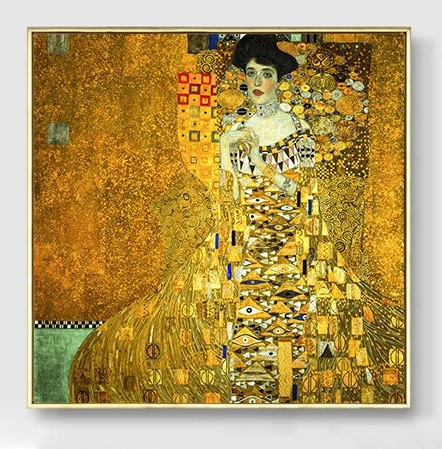
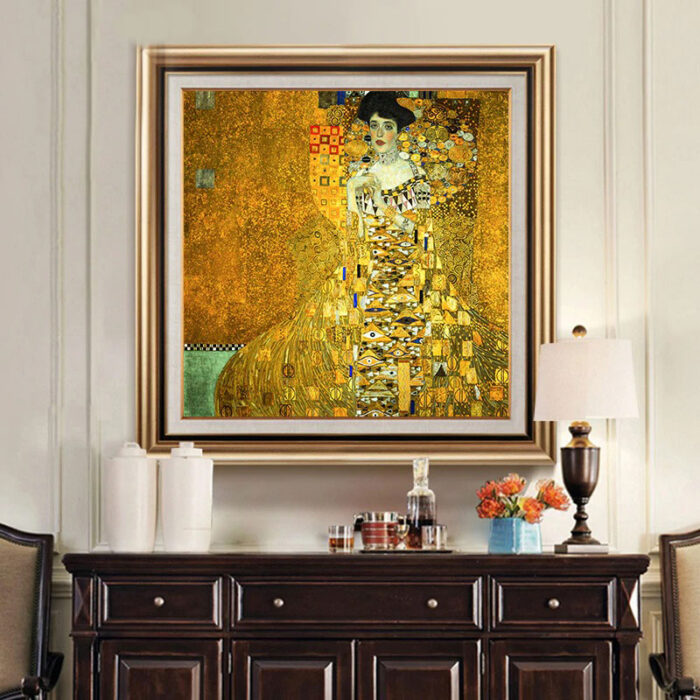
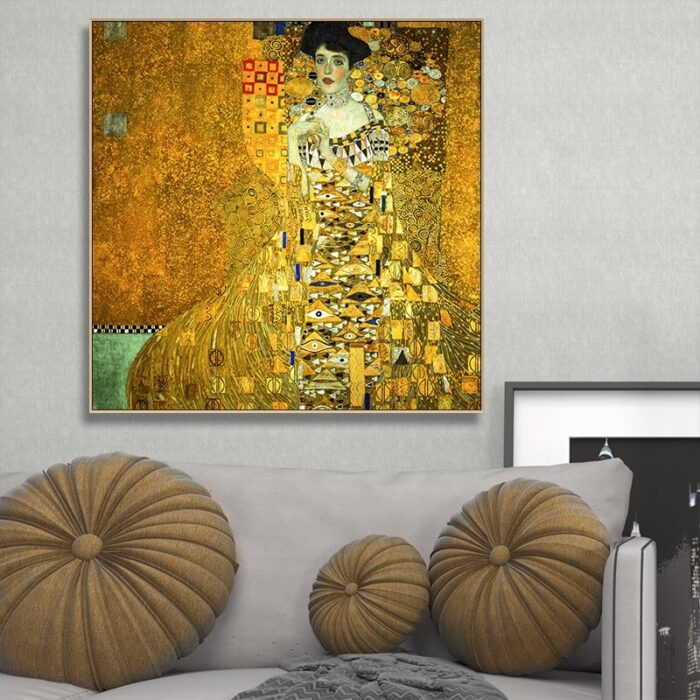
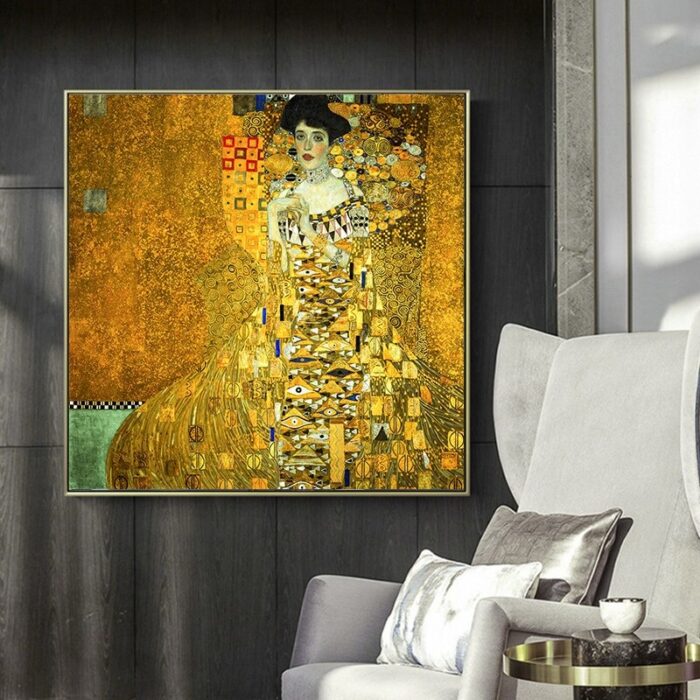
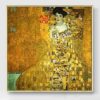

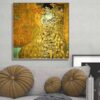
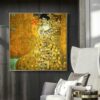
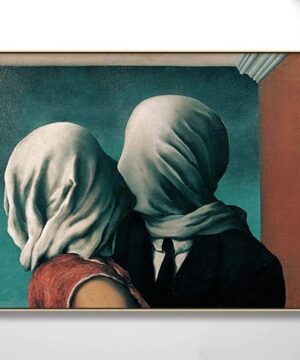
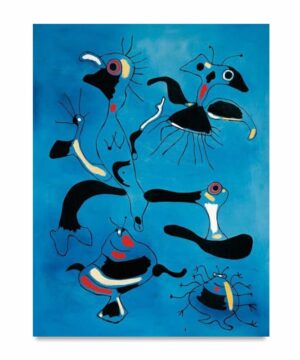
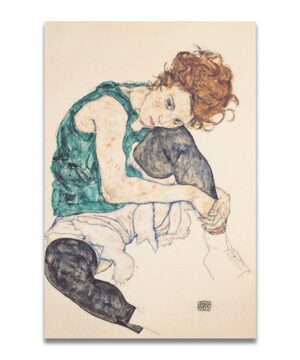
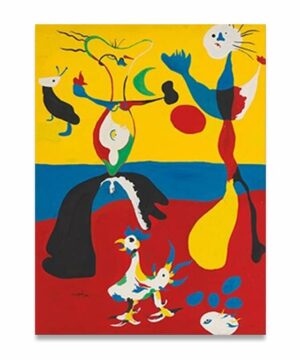
Reviews
There are no reviews yet.